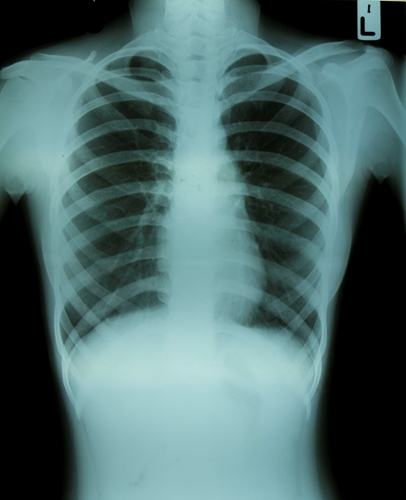Atrial fibrillation is the most common heart arrhythmia, according to the National Heart, Lung and Blood Institute. While people with the condition can experience normal lives, certain treatments can reduce future health risks, such as strokes. Researchers have looked into the connection between atrial fibrillation and stroke and have found results that contradict previous knowledge of health care providers.
Challenging current thinking
Atrial fibrillation has long been thought to increase the risk of strokes. However, a new study suggests that that might not be the case. Published online in the Journal of the American Heart Association, researchers from John Hopkins University School of Medicine found that an increased risk of stroke can occur in patients whether they have atrial fibrillation or not. They discovered that the main cause of strokes comes from the reduced function of the left atrium of the heart.
People who experience atrial fibrillation do not always have strokes and those who do may not always have atrial fibrillation symptoms leading up to them, researchers told Aunt.Minnie.com. However, by monitoring the left atrium through MRI scans and motion-tracking software, doctors may be able to more accurately determine the risks of strokes for patients.
Researchers monitored 169 patients with a history of atrial fibrillation. At the time of the study, only 29 percent of participants had persistent symptoms. Using motion software and medical imaging, researchers were able to see that the left atrium drained blood more slowly into the left ventricle in those with a history of strokes or transient ischemic attacks than subjects without it. The lethargic transfer of blood from one area of the heart to others can increase the risk of blood clots, which lead to strokes, HealthDay explained. This discovery led scientists to the belief that atrial fibrillation was not the sole cause of the condition.
Leading to new treatment methods
When it comes to patients with atrial fibrillation, doctors have to assess the risks of strokes to determine whether or not to prescribe blood thinners. Currently, physicians underestimate the number of people who could benefit from preventive treatments by 12 percent, according to a press release from John Hopkins. However, sometimes patients are overdiagnosed, and that is when blood thinners can be dangerous.
The new method of using diagnostic imaging instead of the former system could ensure that people are receiving the right treatments for their illnesses. In this case, doctors would not have to wait for atrial fibrillation to occur to determine stroke risks since the experience could be the first sign of the disease, Hiroshi Ashikaga, M.D., Ph.D., lead author, heart rhythm specialist and assistant professor of medicine and biomedical engineering at John Hopkins, said in the release.
Combining MRIs with motion-tracking software will allow for non-invasive procedures that will provide medical professionals with more accurate information. While more research is needed, the study could pave the way to detecting stroke risks earlier.
Contact Viztek for more information.
Ronny Bachrach
Latest posts by Ronny Bachrach (see all)
- Konica Minolta Debuts First-of-Its-Kind Digital U-Arm System at AHRA - July 27, 2016
- Researchers Detect Signs Of Stroke Risk Using MRI - June 27, 2016
- Imaging Biz: Q&A with David S. Channin MD: How to Make PACS Patient Centered - June 22, 2016










